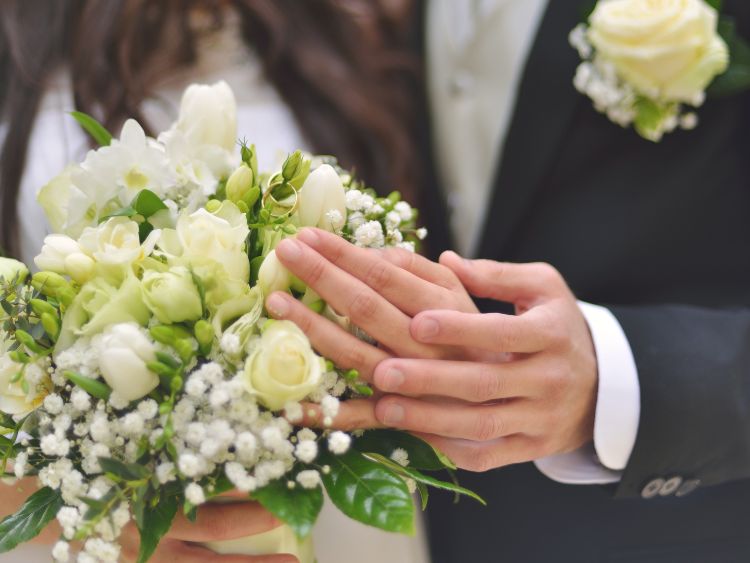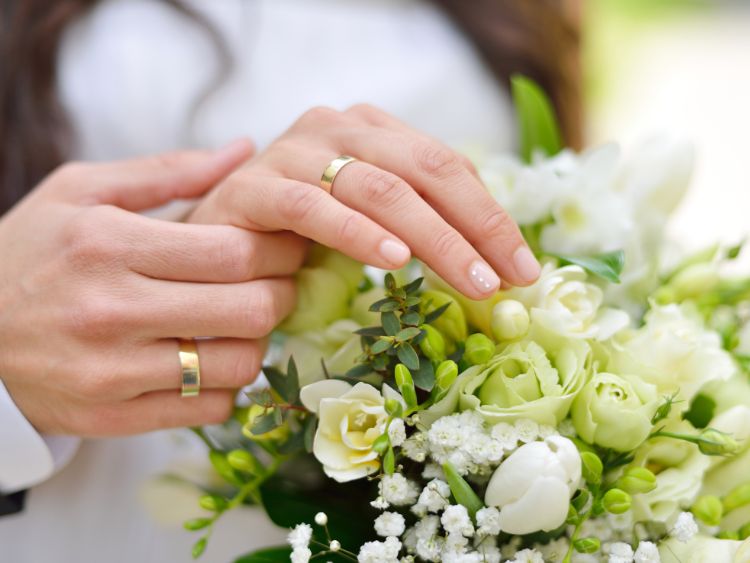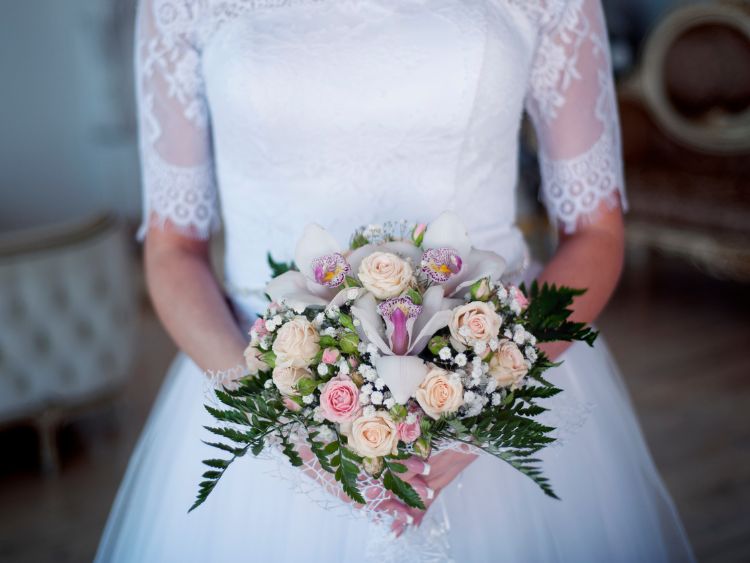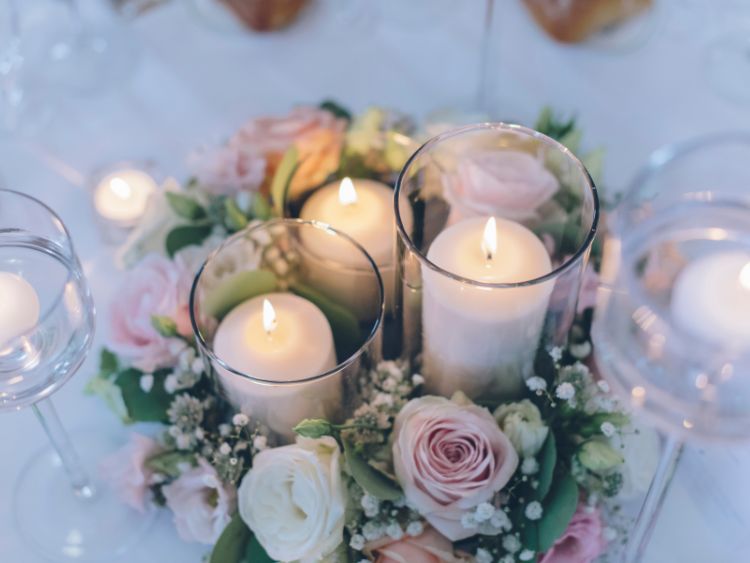Decoding Wedding Guest Dress Codes
Picture this: you’ve just received a wedding invitation, and there, printed in delicate script, is a dress code. Now what? Navigating wedding guest dress codes can feel like cracking a secret fashion code. But with a bit of guidance, you’ll know exactly what to wear to suit each style. Whether it’s a formal black-tie affair or a casual beach ceremony, this guide will walk you through the essentials of wedding attire. Let’s dive in!
1. Black-Tie Wedding Dress Code
Black-tie weddings are all about sophistication and elegance, calling for attire that’s formal, classic, and tasteful.
- For Men: A black tuxedo is the go-to. Pair it with a crisp white shirt, a black bow tie, and polished dress shoes.
- For Women: Long evening gowns or elegant cocktail dresses in dark or neutral shades are best. Add formal accessories and heels for a complete look.
Tip: Avoid overly bold patterns or colors at a black-tie event. The vibe is understated elegance.
2. Black-Tie Optional or Formal Attire
Black-tie optional offers a bit of leeway—think “formal,” but not necessarily tuxedos and ball gowns.
- For Men: A tuxedo is ideal, but a dark suit and tie work just as well.
- For Women: Floor-length gowns, midi dresses, or chic cocktail dresses in rich fabrics are all great options.
Tip: Aim for formality but feel free to experiment a little more with accessories or a hint of color.
3. Semi-Formal or Cocktail Attire
A cocktail or semi-formal dress code is popular for evening weddings where a touch of glam is encouraged, but the vibe isn’t as rigidly formal.
- For Men: A suit and tie in darker shades for evening events or lighter colors for daytime are appropriate.
- For Women: Cocktail dresses or midi dresses work well. You can play around with textures and colors but keep it tasteful.
Note: Semi-formal lets you add personal flair, so feel free to incorporate your style!
4. Casual or Daytime Wedding Attire
Casual wedding attire doesn’t mean jeans or flip-flops. Instead, it’s a more relaxed version of wedding wear.
- For Men: A button-down shirt with slacks or chinos works well. Consider a blazer or sports coat to elevate the look slightly.
- For Women: Sundresses, maxi dresses, or nice skirts paired with a blouse are suitable. Flats or wedges are a smart choice for comfort.
Heads up: Even if it’s casual, avoid anything too laid-back, like sneakers or graphic tees.
5. Beach or Destination Wedding Attire
If you’re attending a beach or destination wedding, comfort and practicality are key. The goal is to look polished while considering the elements like sun, sand, and heat.
- For Men: Light suits in linen or cotton are ideal, paired with a collared shirt. Sandals can work if they’re upscale and beach-appropriate.
- For Women: Flowy dresses, maxi skirts, or sundresses in breathable fabrics. Consider wedge heels or dressy flats for sandy terrain.
Remember: Sunglasses, wide-brimmed hats, or parasols can be stylish yet functional accessories.
6. Festive or Theme-Specific Attire
Some weddings encourage guests to embrace a theme or festive attire. This is your chance to get creative but remain respectful of the event’s formality.
- For Men: Embrace the theme but keep it polished. For example, for a rustic theme, a well-fitted tweed suit could work.
- For Women: Go for playful yet stylish outfits that match the theme. If it’s a vintage theme, for instance, look for classic cuts and accessories from the era.
Pro tip: When in doubt, check with the couple for clarification on what they envision for festive attire.
7. Cultural Dress Codes
Some weddings may include traditional or cultural dress codes. Whether it’s a South Asian wedding, a Chinese tea ceremony, or a Hawaiian celebration, respect for these customs is essential.
- For Men and Women: If traditional attire is encouraged, do some research or ask for guidance. Many couples appreciate when guests embrace cultural dress, but always ensure it’s done respectfully.
Tip: When attending a cultural wedding, being mindful of traditions, colors, and customs is a great way to honor the celebration.
FAQs About Wedding Guest Dress Codes
- What should I do if the invitation doesn’t specify a dress code?
When in doubt, aim for semi-formal or cocktail attire. You’ll appear polished without going overboard. - Can I wear white to a wedding?
It’s typically best to avoid white unless the bride explicitly says it’s acceptable. White is traditionally reserved for the bride, and it’s best to respect that custom. - Is it okay to wear black to a wedding?
Absolutely! Black is considered chic and appropriate for most wedding dress codes, especially evening events. Just be mindful to add some accessories to avoid looking too somber. - How can I figure out what to wear for a destination wedding?
Consider the climate, location, and formality level stated on the invite. Beach weddings call for breathable fabrics, while mountain settings might require layers. - What’s an appropriate way to ask about the dress code if I’m unsure?
It’s perfectly fine to reach out to the couple, a close family member, or the wedding planner. A polite, “I want to make sure I’m dressed appropriately—can you tell me a bit more about the dress code?” should do the trick.
Summary: Mastering Wedding Guest Dress Codes
Choosing the right outfit for a wedding is all about balancing style, respect for tradition, and comfort. By understanding the nuances of different dress codes, you can confidently select attire that’s both appropriate and stylish. When in doubt, remember to err on the side of formality—being slightly overdressed is almost always better than appearing underdressed.
For additional information, check out these resources on wedding attire etiquette:



